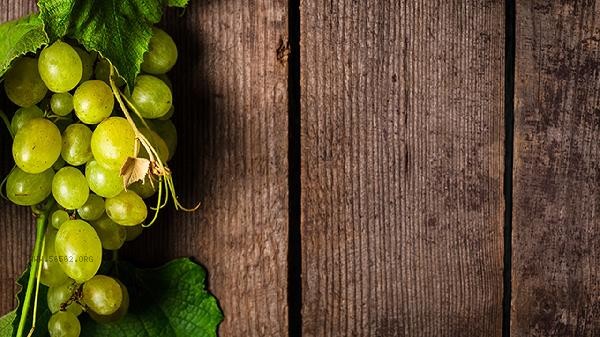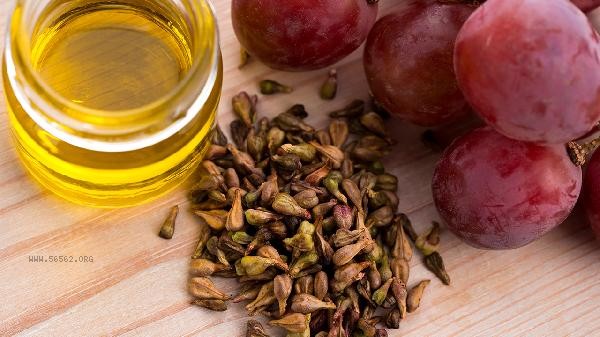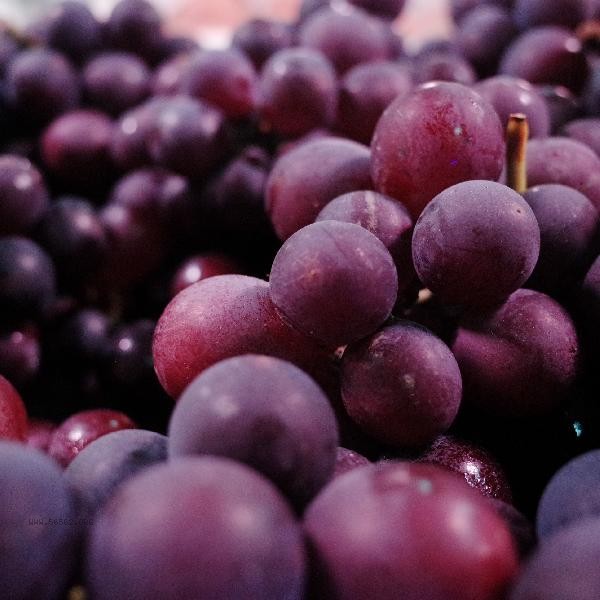When selecting grapes, attention should be paid to maturity, freshness, variety characteristics, and appearance integrity, avoiding fruits with mold, damage, or excessive softening.

1. Observation of fruit stems
Fresh grape stems should be green and flexible, while dry, brownish or easily breakable stems may have been stored for too long. Grapes with stems are usually fresher, but attention should be paid to whether the connection between the stem and the fruit is tight, as shedding marks may indicate longer harvesting time.
2. Check the fruit powder
The white frost like fruit powder on the surface of grapes is a natural wax layer that can reflect the freshness level. Uniformly distributed fruit powder has a protective effect, but if the fruit powder falls off in chunks or becomes sticky, it may lead to a decrease in quality due to transportation collisions or improper storage.
3. Testing compactness
Grapes should have elasticity when pinched lightly. If they are too hard, they may not be fully ripe, while if they are too soft, they may be overripe or spoiled. Moderate tightness between grape fruits in the same row is preferred, excessive looseness may result in water loss, and excessive tightness may affect ventilation and promote mold growth.

4. Distinguishing Odor
High quality grapes emit a fresh fruity aroma, and a fermented or sour odor indicates spoilage. It is normal for varieties such as Jufeng to have a unique musk flavor, but the pungent chemical odor may result in pesticide residue and should be carefully selected.
5. Color Comparison
Different varieties present characteristic colors when they mature, with red grapes appearing deep purple red and sunshine roses appearing yellow green. Uneven color may indicate insufficient maturity, and local darkening or exudation may indicate decay. If there is a significant color difference between fruit grains, it is recommended to abandon the purchase.

Glucose content is high, so diabetes patients need to control their intake. When cleaning, it is recommended to gently rinse with running water to retain the fruit powder. The soaking time should not exceed 5 minutes to avoid nutrient loss. Remove damaged fruits during storage, and refrigerate the uneaten portion in a breathable container for 3-5 days. When choosing in summer, prioritize varieties with fruit frost and loose arrangement of fruit grains. In winter, pay attention to checking for signs of frostbite. There are significant nutritional differences among different varieties, with purple black grapes having higher anthocyanin content and green grapes having richer vitamin C content, which can be selected according to health needs.








Comments (0)
Leave a Comment
No comments yet
Be the first to share your thoughts!